Collections
Filters
-
Collection Type
-
-
Focus |
 The future of bioimage analysis
The future of bioimage analysis
Ideas from computer vision have transformed the way image analysis is performed, with ripple effects across microscopy and biological discovery.
Image: Loic Royer and Merlin Lange, Chan Zuckerberg Biohub -
Focus |
 Focus on single-cell proteomics
Focus on single-cell proteomics
The emerging field of single-cell proteomics is undergoing a phase of rapid technology development, including advances in mass spectrometry-based methods and single-molecule protein sequencing approaches.
Image: Luis Schachner / Dream by WOMBO / DALL-E by OpenAI -
Focus |
 Method of the Year 2022: Long-read sequencing
Method of the Year 2022: Long-read sequencing
Long-read sequencing is our choice for Method of the Year 2022.
Image: Aleksandr Khakimullin / Alamy Stock Photo -
Focus |
 COVID-19 research: methods lead the way
COVID-19 research: methods lead the way
The COVID-19 pandemic has been marked by speedy scientific progress boosted by decades of methods development for basic biological research.
Image: Kateryna Kon / Science Photo Library | Iren Moroz / Alamy Stock Photo -
Focus |
 Method of the Year 2021: Protein structure prediction
Method of the Year 2021: Protein structure prediction
Protein structure prediction is our Method of the Year 2021, for the remarkable levels of accuracy achieved by deep learning-based methods in predicting the 3D structures of proteins and protein complexes, essentially solving this long-standing challenge.
-
Focus |
 Reporting and reproducibility in microscopy
Reporting and reproducibility in microscopy
This Focus issue features a series of papers offering guidelines and tools for improving the tracking and reporting of microscopy metadata with an emphasis on reproducibility and data re-use.
Image: Nilda Vanesa Ayala-Nunez (Institut de Recherche en Infectiologie à Montpellier), Orestis Faklaris (Montpellier Resources Imagerie, University of Montpellier), Caterina Strambio-De-Castillia (UMass Chan Medical School), Thao Do (Allen Institute of Cell Science) -
Focus |
 Reporting standards for machine learning in biology
Reporting standards for machine learning in biology
Machine learning-based approaches are being increasingly applied in life sciences research. This series of articles propose community reporting standards, intended to help improve the reproducibility and useability of machine learning-based analyses.
Image: Weiquan Lin/Getty Images -
Focus |
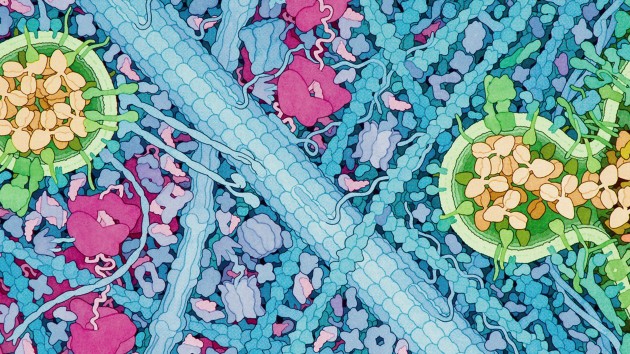 PDB 50th Anniversary: celebrating the future of structural biology
PDB 50th Anniversary: celebrating the future of structural biology
In honor of the 50th anniversary of the Protein Data Bank, Nature Methods and Nature Structural & Molecular Biology present a collection that brings together reviews, classic papers, announcements and specially commissioned Comments by researchers from diverse areas of structural biology who share their views on both the past and future of the field.
Image: Illustration by David S. Goodsell, ‘THE MACHINERY OF LIFE’, published 2009 by Springer Nature. -
Focus |
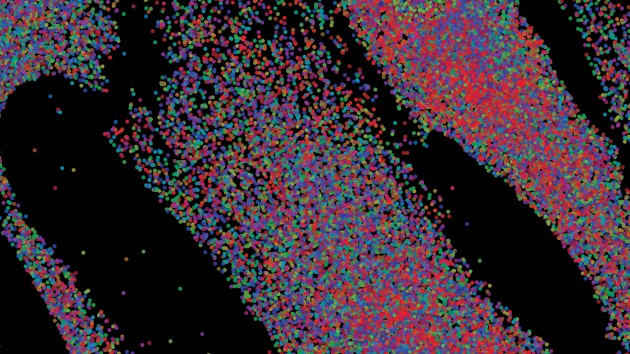 Method of the Year 2020: spatially resolved transcriptomics
Method of the Year 2020: spatially resolved transcriptomics
Spatially resolved transcriptomics is our Method of the Year 2020, for its ability to provide valuable insights into the biology of cells and tissues while retaining information about spatial context.
Image: Xioawei Zhuang, Harvard University -
Focus |
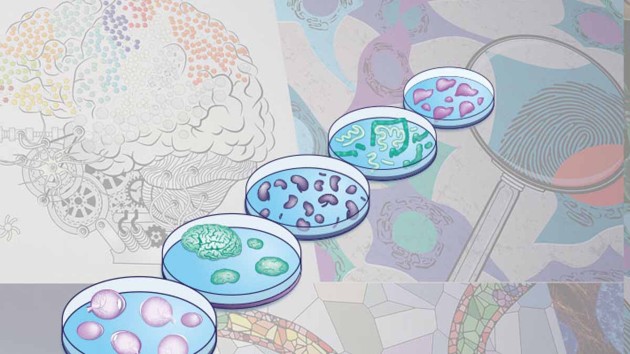 Method of the Year 2017
Method of the Year 2017
We've chosen organoids as Method of the Year 2017, for their immense potential as tools to study human biology in health and disease.
-
Focus |
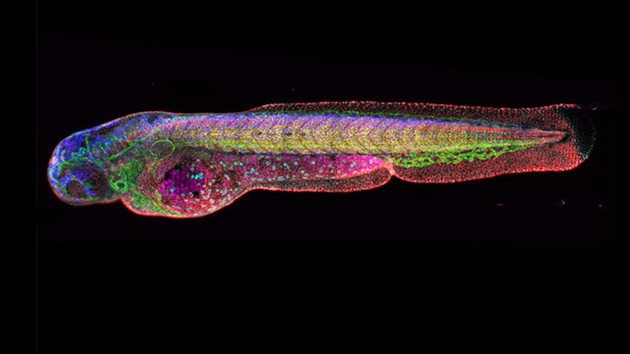 Focus on deep imaging of live tissue
Focus on deep imaging of live tissue
One of the goals of biological imaging is to watch biological processes where they occur – within living tissue or even within a living animal. But in vivo imaging presents a set of challenges that are not encountered when imaging relatively small, flat samples like cells. In this Focus issue, we bring together papers on methods for optical imaging within living tissue.

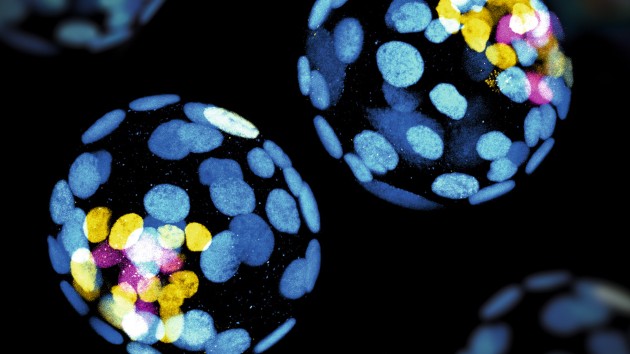 Method of the Year 2023: Methods for modeling development
Method of the Year 2023: Methods for modeling development